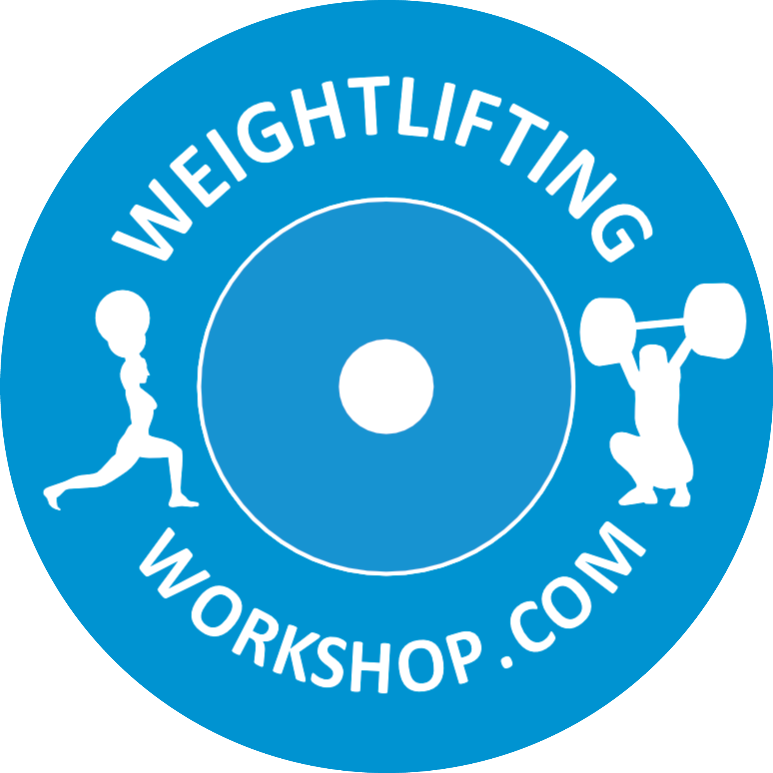October 3, 2019 – The World Weightlifting Championships that concluded last week was exciting on many levels, including terrific battles, many world records and heroic lifting, such as LYU’s winning the gold and setting a world record while injured. – truly incredible. And of course the USA had a lot to celebrate, with the championship won by Kate Nye, and the medal winning performances by Mattie Rogers and Jenny Arthur. But hidden behind the great performances of this championships was a vital lesson – the importance of technique.
Since this year’s event constituted the effective climax to the pre-2020 Olympics run-up in weightlifting, one would have expected to see perhaps the best performances in the quadrennium, yet the incidence of misses was very high for athletes of world championships caliber. Of course some of the misses can be attributed to the pressure of the competition and the risks taken to earn the highest possible ROBI point rankings. These factors notwithstanding, the success rate at this competition was weak to say the least.
An analysis of the final results shows that out of a little more than 3,400 attempts made at this competition, more than 1400 were unsuccessful – more than 41%!
That’s a lot of misses for the best in the world. And a look at the videos of the competition show that relatively few misses occurred because the weights attempted seemed to be too heavy. Rather, for the most part, the misses occurred because of technical errors.
In competitions where the abilities of lifters is as closely matched as they were in this competition, a single miss could cause one to place three, five or even more slots lower than if the attempt had been successful. For instance, in the 81 kg. Men’s category, only six kg. separated the highest and lowest entry totals. And in the Men’s 89 kg. category, first place and third place were separated by only 4 kg. while first and tenth were separated by a mere 17 kg. Perhaps even more tragically, some who missed bombed out, extinguishing their hopes for qualifying to compete at the Tokyo Olympic Games.
At the 2022 World Championships, the situation was even worse, with
So missing can be an existential disaster for an athlete. But such disasters are even more tragic because many misses are unnecessary, since they result from mediocre technique. Something that is entirely correctable.
As I’ve written before, poor technique is a problem for at least six crucial reasons:
- You are unable to lift the maximum weight possible with a given level of strength and power,
- Your performance may be less consistent,
- Unnecessary stress is placed on the athlete’s muscles, joints and connective tissue, making them more susceptible to injury,
- You become frustrated, which greatly undermines your performance,
- Wholly unnecessary contact between the body and the bar, or between body parts, can occur, leading to a traumatic injury, and,
- You become fearful of attempting weights within your capabilities – that’s why most snatch or clean deadlifts in competition occur, and why so many fail to split effectively in the jerk, even if they don’t consciously sense that to be the reason.
And if the above list isn’t compelling enough, the bottom line is you’ll have far less fun with your lifting – fun which is part of what got you started lifting in the first place.
Given the major import of technique, that is a major focus of the coaching at our training center, and it will be a major focus of these blogs, as they continue to be published.
Our advice is to learn to lift correctly at the outset and you’ll have a much more successful and enjoyable weightlifting career. Across my more than 50 years in coaching, I’ve come to believe that regardless when you undertake the process of learning correct technique (e.g., as a beginner or as someone who has somehow learned to perform a lift in a less than ideal manner), correct technique can always be learned.
Nevertheless, it is urgent that you start learning correct lifting as soon as possible, since the longer you do a lift incorrectly, the more difficult it will be to learn to lift correctly. So make an investment in a long, healthy and enjoyable career by learning how to lift perfectly – and start now!


